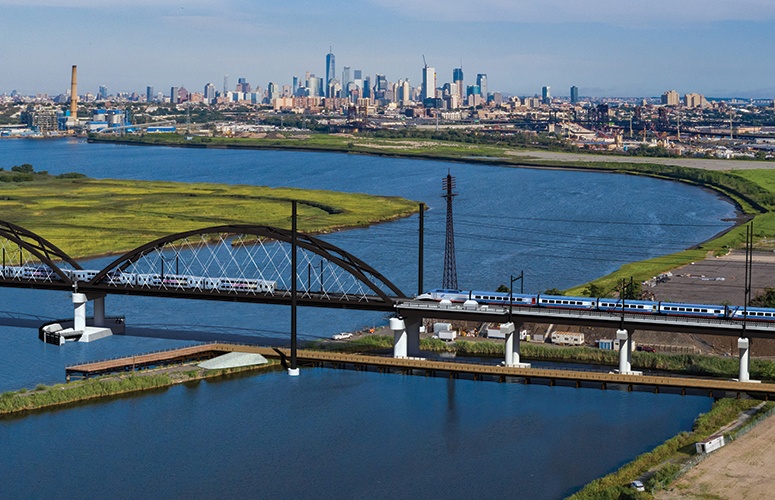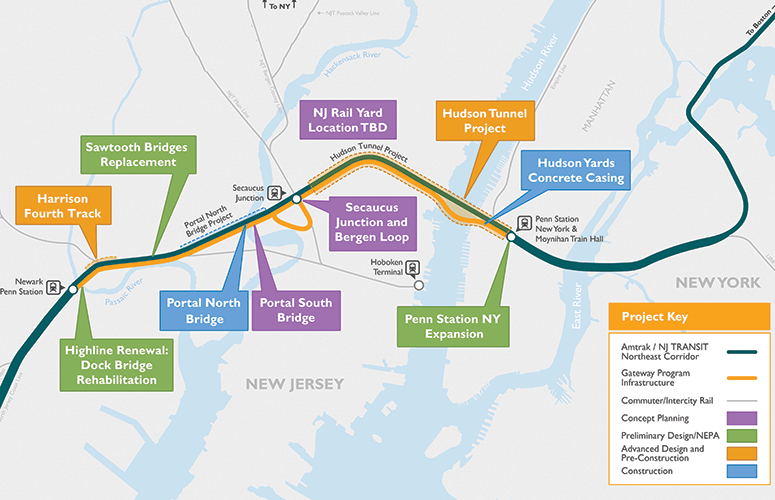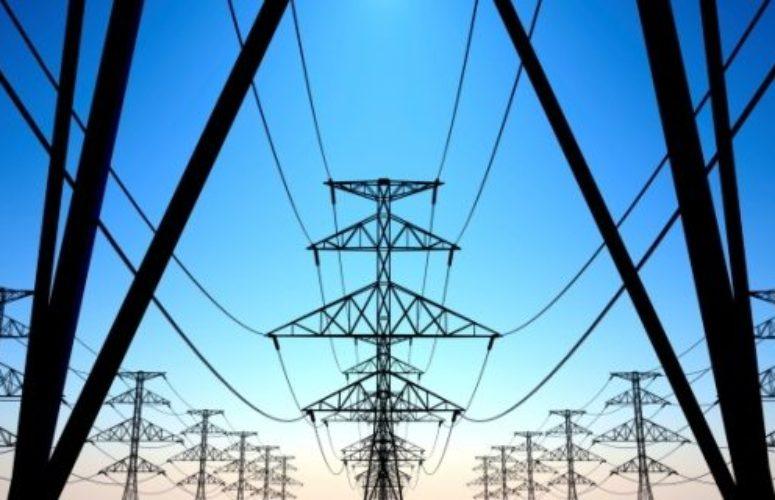
Infrastructure Investment: How is NJ Benefiting So Far?
Funding is abundant, but a talented workforce is also key in getting major projects accomplished.
By Irene Maslowski, Contributing Writer On Nov 28, 2023The Infrastructure Investment and Jobs Act (IIJA), passed by Congress in 2021, is underway as projects to build roads, bridges, rail systems, and tackle clean water and climate change are beginning to take shape. These projects, crucial to the stability of our nation, will help to create resiliency against threats such as cybersecurity, environmental and transportation issues, and will invest in communities that have been left behind. Many of these projects have fallen into disrepair as a result of climate change, and a lack of government spending, leading to a shortfall of infrastructure maintenance.
Of the $1.2 trillion dedicated to the bill, New Jersey is receiving $12.3 billion over the next five years to tackle major projects that have long been languishing. These projects are critical to both New Jersey and the northeast region of the US.
Of the major projects, The Gateway Program is a planned and phased expansion and renovation of the Northeast Corridor rail line between Newark and New York City. The program consists of two major undertakings. The Portal North Bridge Project will replace the outdated and unreliable Portal Bridge – a two-track moveable swing span over the Hackensack River – with a new two-track, elevated bridge. Meanwhile, Gateway’s Hudson Tunnel Project, projected to begin shortly, has three major components: A new, two-track Hudson River rail tunnel to be constructed between the Bergen Palisades in New Jersey to Manhattan; the Hudson Yards Concrete Casing Section, a rail right-of-way preservation section that will eventually allow trains to travel between the new Hudson River Tunnel and New York Penn Station; and rehabilitation of the antiquated North River Tunnel beneath the Hudson River, which was severely damaged during Superstorm Sandy.
In addition to new bridges and tunnels, New Jersey’s aging water systems have begun to receive upgrades. New Jersey American Water, for example, is investing millions of dollars into treatment plants, tanks, pump stations, and miles of pipe and water into wastewater mains. Currently, it is on track with its lead service line replacement program to meet the state’s 10-year replacement target, with more than 4,000 galvanized steel water services lines replaced to date.
Funding is not the only necessary component in completing these projects. “Skilled workers are critical to getting the job done,” comments Robert Lewandowski, communications director for Laborer’s International Union of North America (LIUNA), New Jersey. “The challenge is to have enough skilled laborers trained and available when the projects that are funded are ready to start.”
Lewandowski notes that this is a great time to be a laborer in New Jersey, as many projects are beginning. He says that people who do not have previous skills can receive training by applying to apprentice programs and then later join the union.
“The flip side of the challenge is in finding a balance [between work and the workforce],” Lewandowski continues. “We must monitor that there is enough work coming in that will supply workers with jobs, so they are not waiting for long periods to get assigned.”
“The Infrastructure Bill puts people to work, and hopefully ongoing work,” comments Greg Lalevee, business manager of the International Union of Operating Engineers, Local 825.
“Because there is such a demand right now, laborers can see beyond the current project they may be working on, knowing more work will become available as additional projects are ready to go.”
Lalevee also points out that private companies will benefit as well from these major projects in what he terms as the “spider web” effect. “Private companies providing supplies and materials for these projects will benefit, such as manufacturers of concrete, asphalt, timber and aluminum. This will create even more jobs and spur private investment.”
Both Lalevee and Lewandowski note that there is a demand for entry into their apprenticeship programs. “Typically, there are hundreds applying and we can only take a limited amount of applicants,” comments Lalevee. “The demand from interested applicants has been so great, that we get the number of apprentices needed within a few minutes of opening the call on the website. However, we continue to need many more skilled workers to fill the need, and we continue to encourage all to apply.”
While the Gateway Project is important, equally critical is the rehabilitation and protection of New Jersey’s coastline,” states Jerry Keenan, president of the New Jersey Alliance for Action. “Our coastline is the barrier protecting the rest of the state, and we need new sources of energy and utilities in order to keep it protected. Additionally, this helps to protect New Jersey’s tourism business, which represents $21 billion of state GDP and is 3% of the state’s total economy.
“It’s critical that these projects get completed,” Keenan concludes. “If they don’t, people and business will begin to leave. This will affect our economy, our living conditions, and our way of life.”
To access more business news, visit NJB News Now.
Related Articles:





